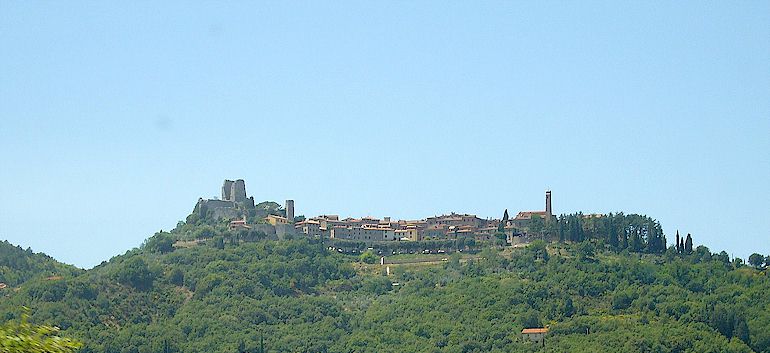
Civitella |
|
|
|

Civitella in Val di Chiana
|
Civitella in Val di Chiana (Civitella Valdichiana, also known locally as Civitella della Chiana) is a pleasant and interesting walled village in Tuscany, located on a high ridge between the valley of the Chiani river and the Val d'Ambra, and providing spectacular views of both. The name "Civitella" could be the diminutive of the latin "civitas", a town or city - in other words, "a small town" - or it could be derived from the Tuscan "civitella", a variety of wheat. The former derivation is more likely considering the large number of towns named "Civitella" throughout Italy. Numerous archaeological finds indicate that the first settlements in the area of Civitella in Val di Chiana go back to the Etruscan and Roman periods. During the Early Middle Ages, the Longobards built their fortifications on the remains of Roman buildings, and the Fortress visible today is a Longobard structure. The earliest extant religious buildings date from between the 9 C and the 11 C, and the houses of the population are clustered around these structures.
In about the year 1000, the fortress of Civitella in Val di Chiana
fell under the direct control of the Bishopric of Arezzo
and,
partly because of its strategic position, the Civitella became
the administrative centre for the territories of the Ambra
valley, and was known at that time as Civitella del Vescovo
(Civitella of the Bishop). |
Val di Chiana © ammonet InfoTech 2008 - 2020. All rights reserved.